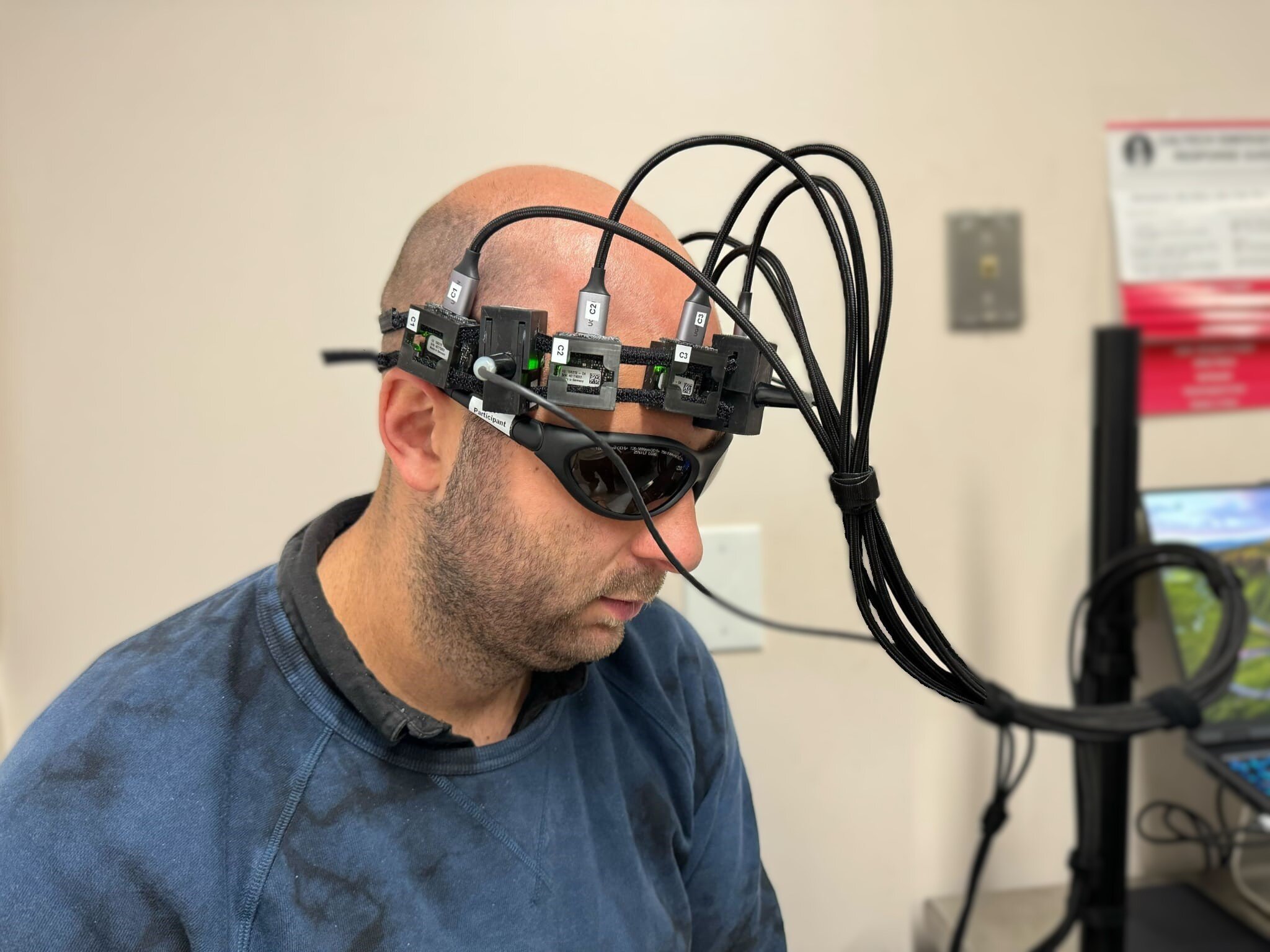Patients with COVID-19 in the intensive care unit (ICU) prescribed full-dose blood thinners are significantly more likely to experience heavy bleeding than patients prescribed a smaller yet equally effective dose, according to a recent University at Buffalo-led study.
The research, which compared the safety and effectiveness of blood clot treatment strategies for more than 150 critically ill COVID-19 patients at two hospitals, found that almost all patients who experienced significant bleeding were mechanically ventilated and receiving full-dose anticoagulants (blood thinners).
The results, published last month in Hospital Pharmacy, may inform treatment guidelines for blood clots in hospitalized COVID-19 patients, who are at an increased risk for both blood clots and severe bleeding. Previous reports have found that 17% of hospitalized COVID-19 patients experience blood clots, says first author Maya Chilbert, PharmD, clinical assistant professor in the UB School of Pharmacy and Pharmaceutical Sciences.
“A wide variety of practice exists when it comes to approaching blood clots in hospitalized patients with COVID-19, and there is little data to suggest improved outcomes using one strategy versus another,” says Chilbert. “Caution should be used in mechanically ventilated patients with COVID-19 when selecting a regimen to treat blood clots, and the decision to use full-dose blood thinners should be based on a compelling indication rather than lab markers alone.”
Additional investigators in the UB School of Pharmacy and Pharmaceutical Sciences include Collin Clark, PharmD, clinical assistant professor, and Ashley Woodruff, PharmD, clinical associate professor. The research was also conducted by investigators at the Buffalo General Medical Center, Millard Fillmore Suburban Hospital and Erie County Medical Center.
The study analyzed the outcome of blood clot treatments and the rate of bleeding events for more than 150 patients with COVID-19 who received either of two blood thinner regimens: a full-dose based on patient levels of D-dimer (a protein present in the blood after a blood clot dissolves), and the other a smaller but higher-than-standard dosage.
The average patient age was 58, and all experienced elevated levels of D-dimer, fibrinogen (a protein that helps the body form blood clots), and prothrombin time (a test that measures the time it takes for blood plasma to clot).
Nearly 14% of patients who received full-dose blood thinners experienced a significant bleeding event, compared to only 3% of patients who received a higher-than-standard dosage. All patients who experienced bleeding events were mechanically ventilated. No difference was reported in the regimens’ effectiveness at treating blood clots.
Further investigation is needed to determine the optimal strategy for treating blood clots and bleeding in hospitalized COVID-19 patients, says Chilbert.


